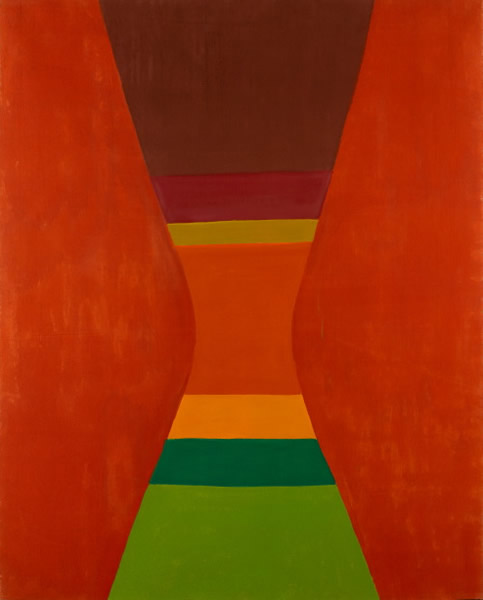L'arc-en-ciel n'existe pas
Montreal artist Simon Bilodeau's latest show at Art Mur is something of a culmination of many of the tendencies that have been present in his work for more than half a decade. Unlike other artists who concentrate on 'materiality', Bilodeau's is a resolutely cold sensibility devoid of any of the touchy-feely aesthetic touches that plague so much current abstract work. He constructs mausoleums, not party spaces. Bilodeau has said, Par ce choix plastique de n’utiliser aucune couleur, je consens à ne susciter aucune émotion par les couleurs utilisées, puisque celles-ci, je crois, tendraient par comparaison à prendre pour réalité ce qui est présenté. (By the choice not to use any plastic colour, I agree not to provoke any emotion by the colours used, since they, I think, tend to take compared to what is actually presented.) Which is to say, the painting (or sculpture) negates the emoticon function for the sake of the image.




